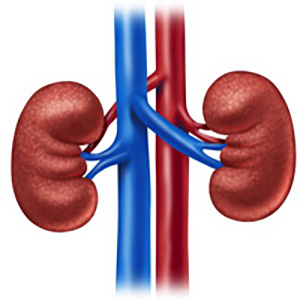The outcomes of flexible ureteroscopy for renal calculi of 2 cm or more with and without the use of ureteral access sheath: A retrospective study

Accepted: July 14, 2023
All claims expressed in this article are solely those of the authors and do not necessarily represent those of their affiliated organizations, or those of the publisher, the editors and the reviewers. Any product that may be evaluated in this article or claim that may be made by its manufacturer is not guaranteed or endorsed by the publisher.
Authors
Introduction: The rate of success of retrograde intrarenal surgery (RIRS) for treating urinary tract stones is high, and the procedure is growing in popularity. The routine use of ureteral access sheath (UAS) remains somewhat controversial. The aim of this study was to assess the efficacy and safety of employing UAS during flexible ureteroscopy for treating renal stones ≥ 2 cm. Methods: This retrospective study was accomplished from January 2021 to February 2023. From 495 consecutives flexible ureteroscopies, 112 patients had renal stones ≥ 2 cm (60 patients with the use of UAS and 52 patients without). The stone-free status was verified after 8 weeks of operation. Results: The average diameter of the renal stones in non-UAS or UAS treated groups was 22.5 mm and 22.6, respectively. None of the groups differed significantly in terms of stone side, stone size, stone position, or Hounsfield unite but there was significant difference (p < 0.001) among two groups as regard pre-operative stenting (cases with UAS had 23.3% pre-operative stenting). Conclusions: It is not always necessary to use UAS in conjunction with flexible ureteroscopy and laser lithotripsy to treat renal calculi bigger than or equal two cm. Without the assistance of UAS, the surgery may be carried out successfully and safely.
How to Cite

This work is licensed under a Creative Commons Attribution-NonCommercial 4.0 International License.
PAGEPress has chosen to apply the Creative Commons Attribution NonCommercial 4.0 International License (CC BY-NC 4.0) to all manuscripts to be published.

 https://doi.org/10.4081/aiua.2023.11524
https://doi.org/10.4081/aiua.2023.11524



